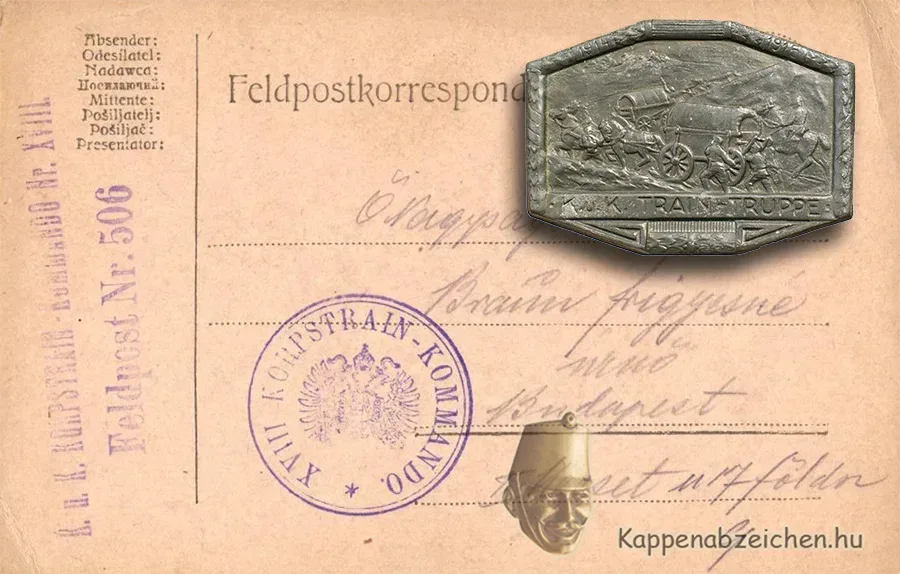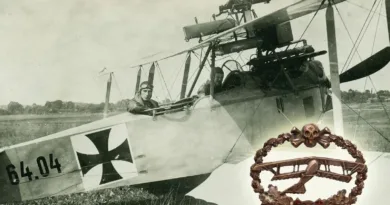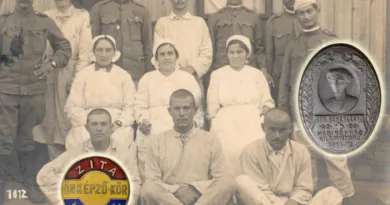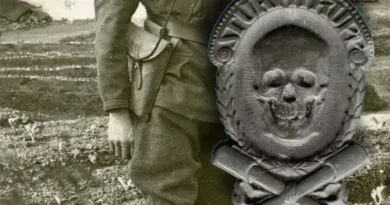Train troop
The train troop was a branch that dealt with the material supply of the combatant formations. All means of transport and horse stock made available to the army, as well as the personnel using and caring for them, were under the train troop control. They moved and transported the necessary materials on the train.
According to the military order of 1914, 18 train divisions existed in three regiments. In practice, the battalions operated independently and provided service to their respective corps. During the war, the number of fighting formations increased, new corps were created, so the number of train troops also increased. In many cases, prisoners of war were also assigned to the troop.

For everyone, the word train troop is associated with the image of carts and cogs loaded with cargo. At the beginning of the war, there were hardly any motor vehicles on the fronts. Even later, the “national vehicle” remained the primary mode of transportation. Horse-drawn carriages can also be seen on the Kappenabzeichen made for train troops. There were also badges that were made for battalions. Such a beautiful insignia is the one of the train troops of the 2nd corps, which depicts a Roman warrior next to his horse.

The 18 train battalions (departments) assigned to the 18 corps in the peacetime schedule survived until the end of the war, but the numbering of the newly organized train troops shows a very mixed picture. It seems most likely that train squads also appeared at the level of the divisions. This is indicated by the high reference number on the stamps of many postcards. For this post I have attached a correspondence card with two types of stamps of the XVIII. corps train command. The letter seal depicts the train troop in connection with an 1849 battle in Italy.





